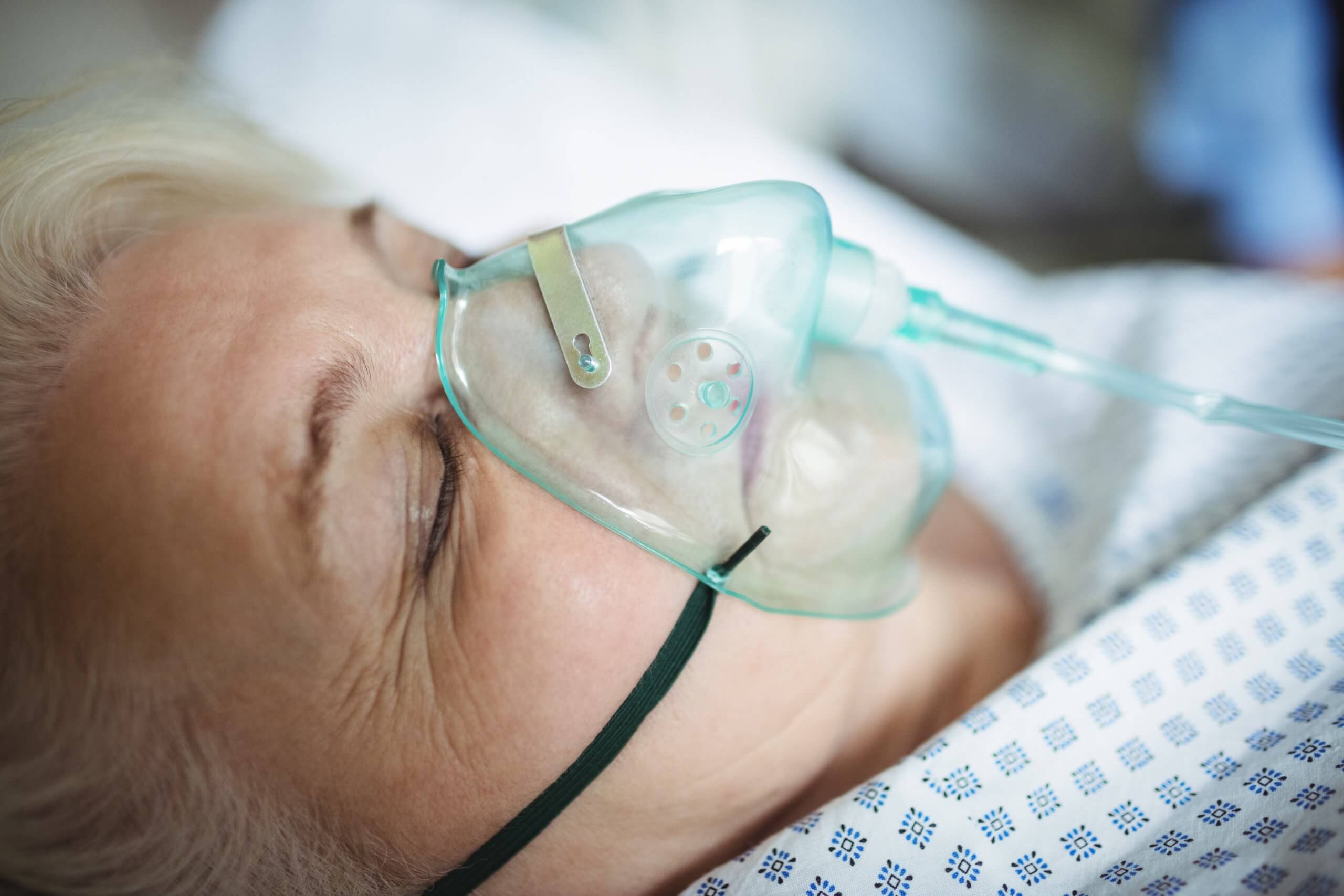
Although the burden on patients has significantly decreased and the performance of procedures has greatly improved due to the development of minimally invasive methods, particularly laparoscopy, day surgery is not suitable for everyone. Just as a list of procedures has been established, so too has the determination of which patients are suitable for day surgery.
Patients are classified into four groups based on their health status and anesthetic classification → ASA I – IV.
ASA I is a completely healthy person.
ASA II is a person who is ill but is taking medication and has their condition compensated. This means, for example, that they have diabetes, are on medication, and have normal blood sugar levels; they have ischemic heart disease but have a stent placed, and their heart function is normal.
These two groups, namely ASA I and ASA II, are suitable for the day surgery regime.
ASA III patients have decompensated, meaning inadequately or poorly treated illnesses. The use of the day surgery regime for this group of patients is limited; general anesthesia cannot be administered, but minor surgeries (hernia repairs, varicose veins, lipomas) can be performed under local anesthesia using analgesosedation. Analgosedation does not induce unconsciousness like general anesthesia; the goal is to relieve pain, calm the patient, and relax the muscles while allowing the patient to breathe independently. Therefore, analgesosedation poses significantly less health burden on the body, resulting in a much lower risk of complications.
ASA IV patients require respiratory support and support for cardiac function, and the use of the day surgery regime is completely excluded for this group.